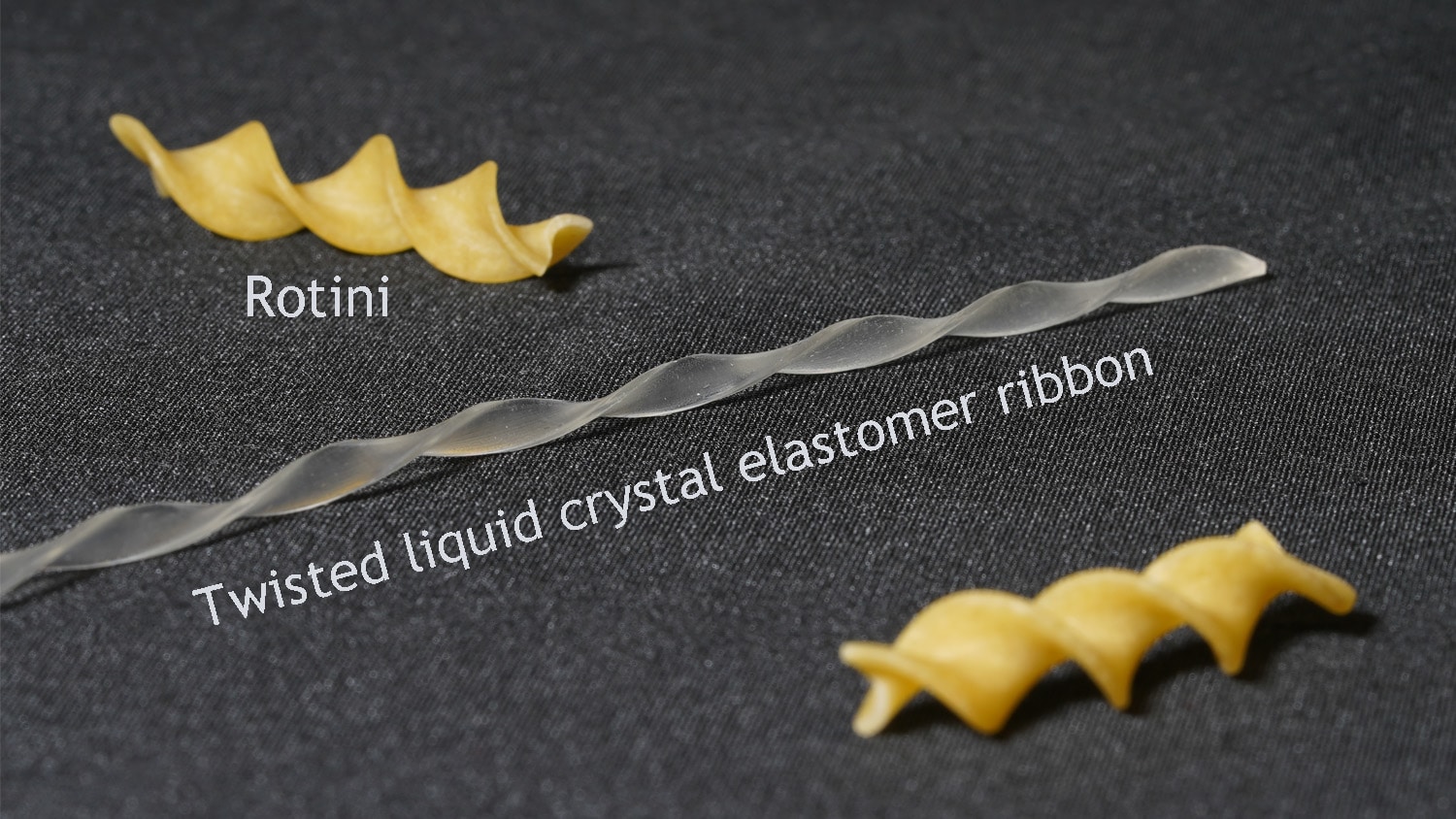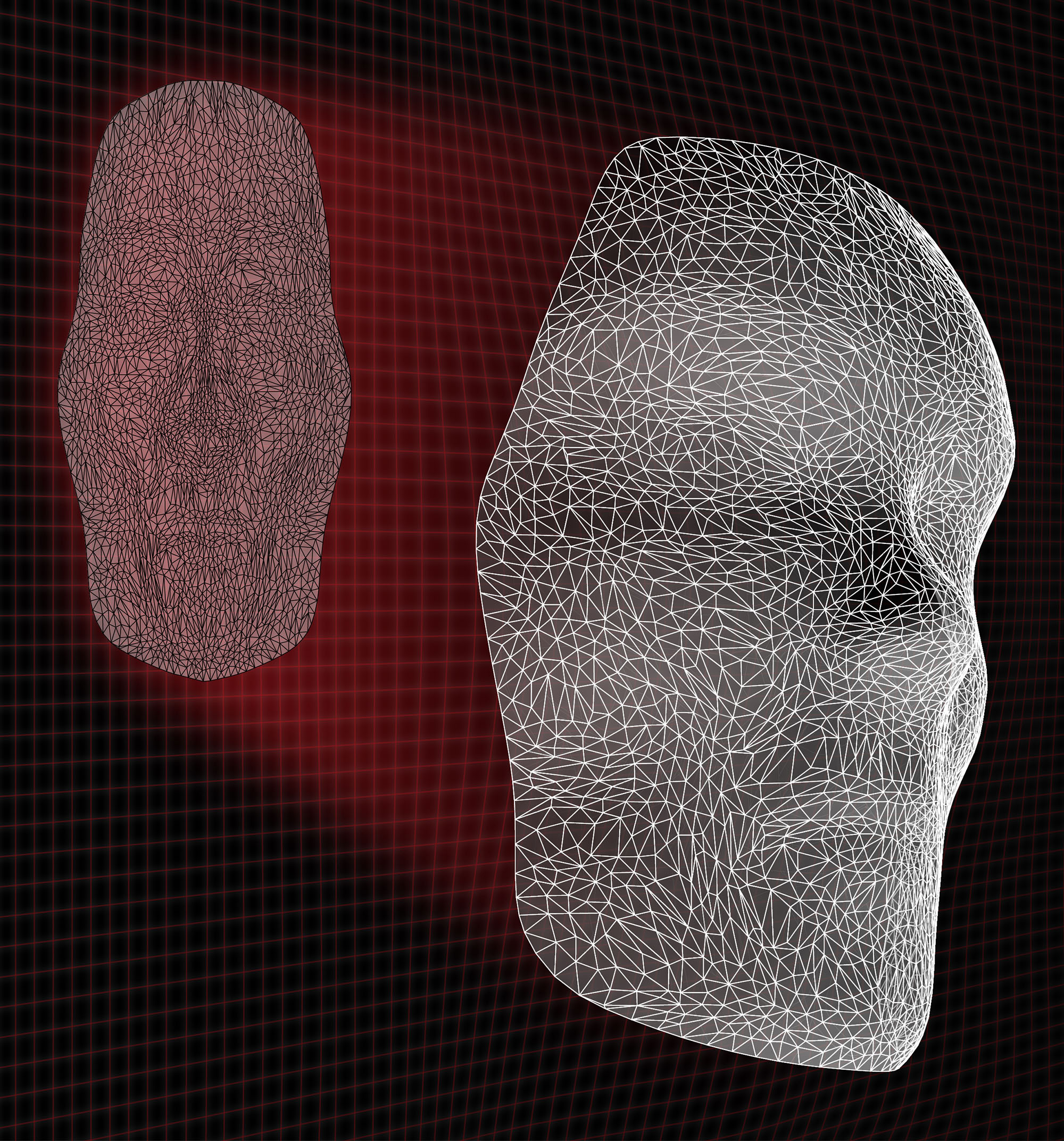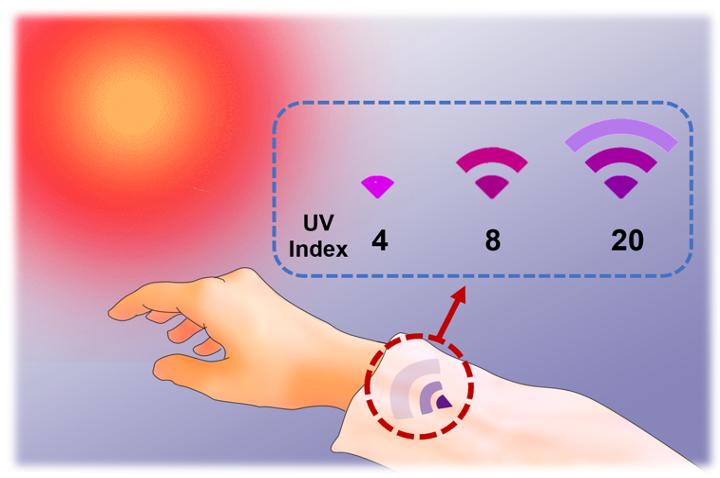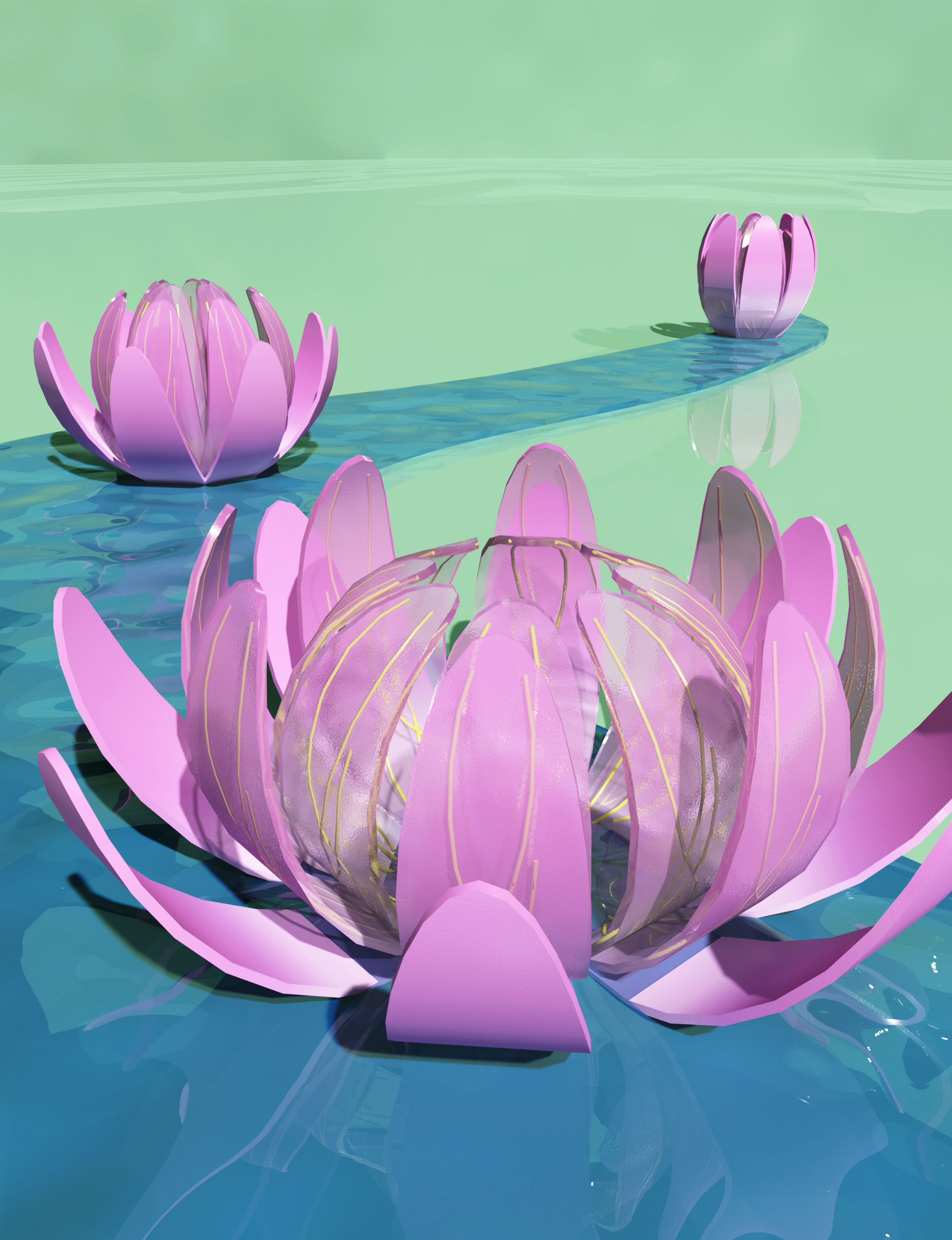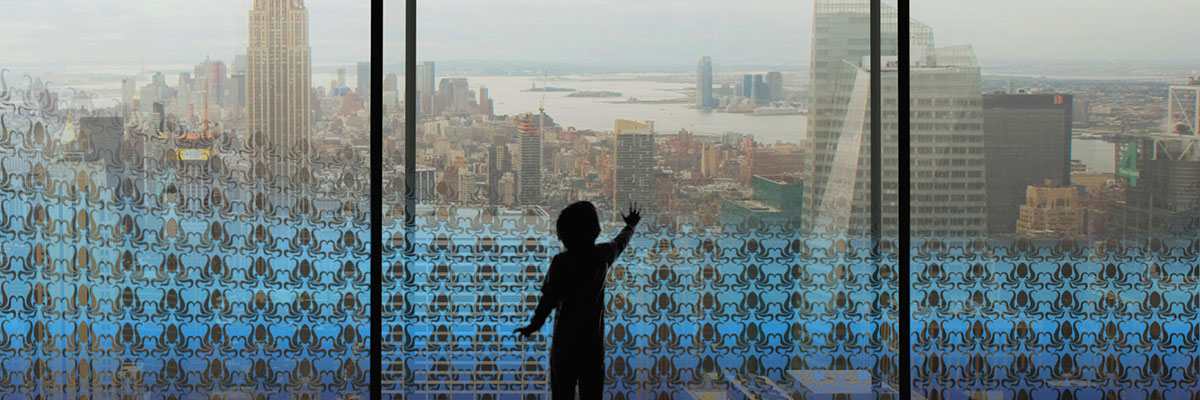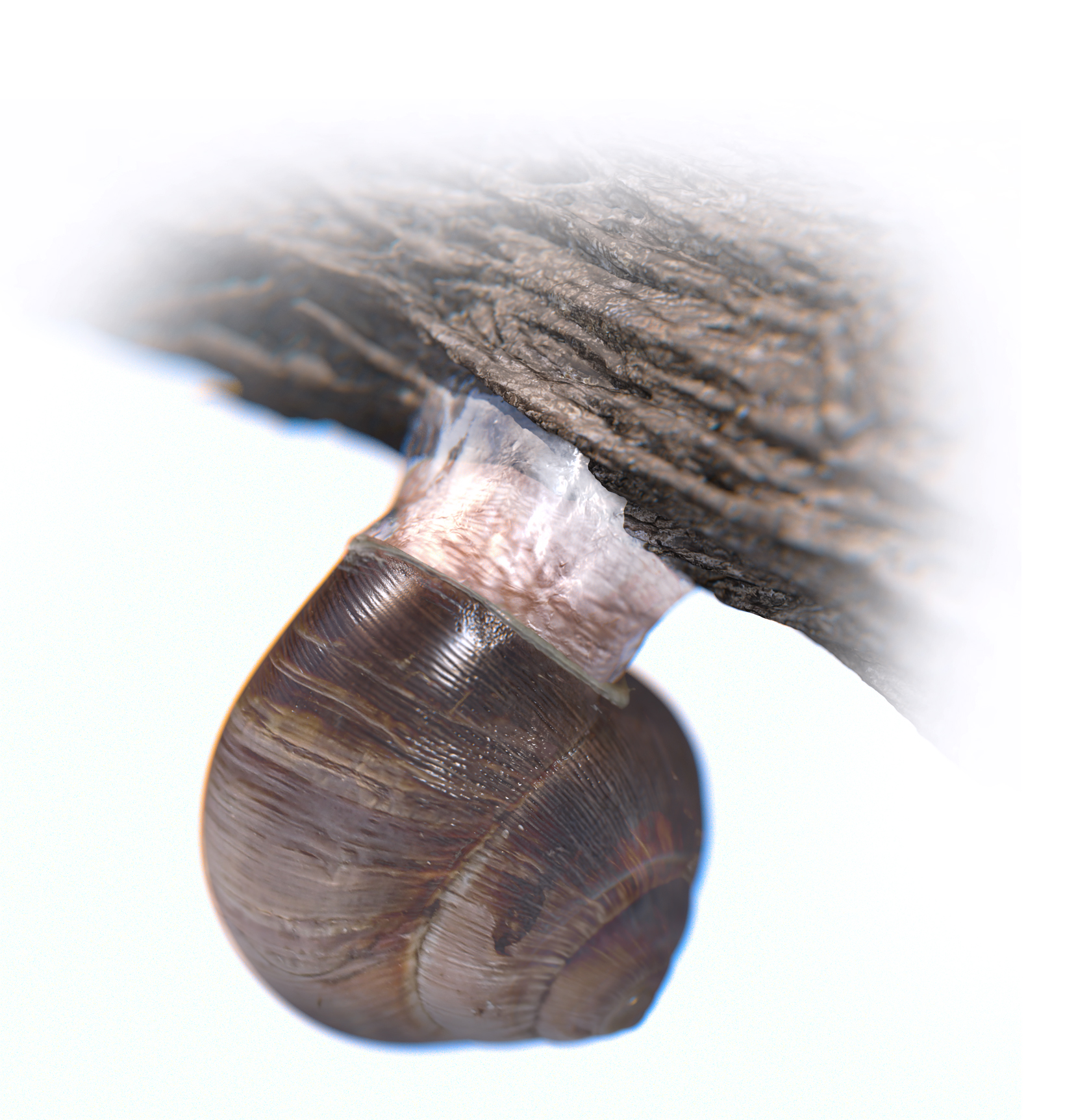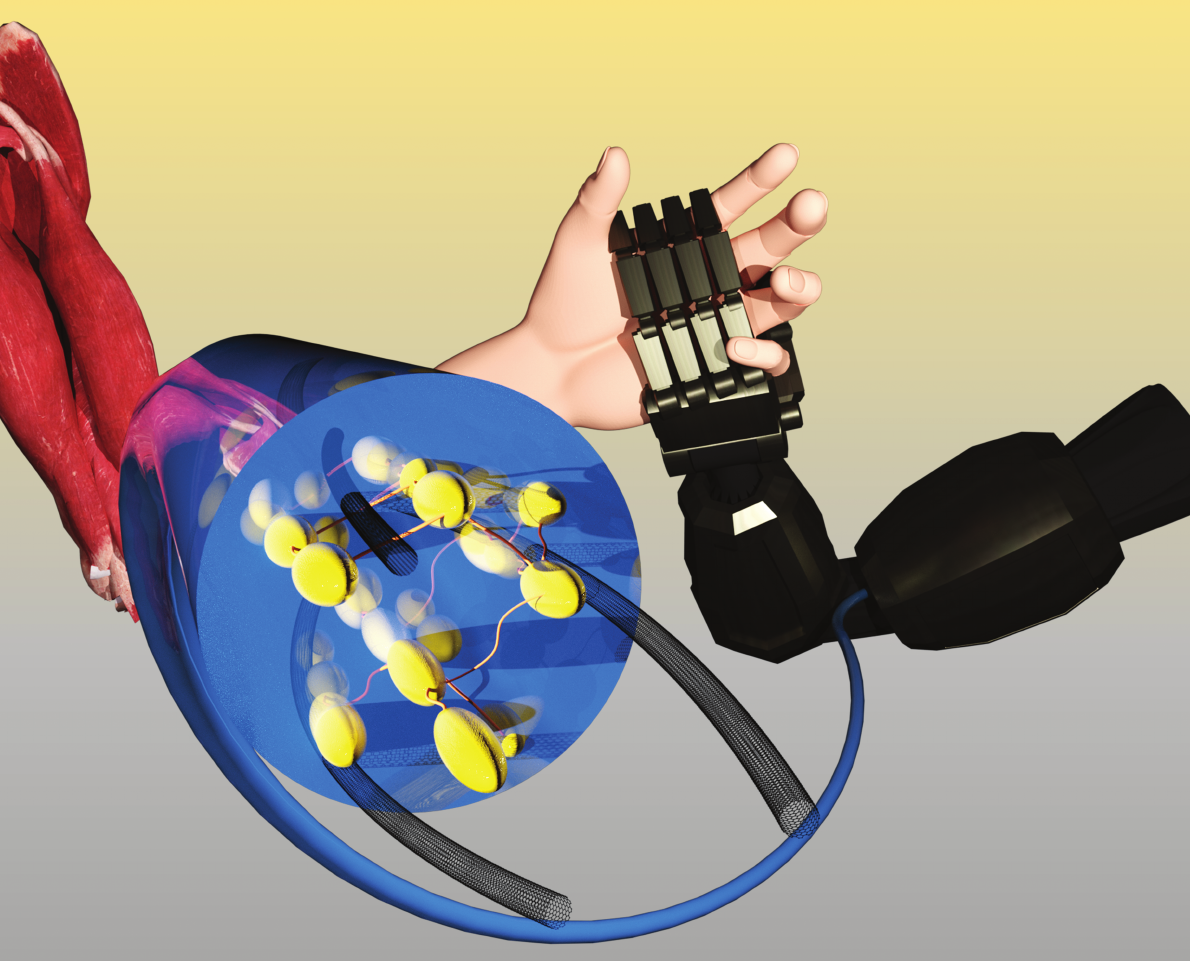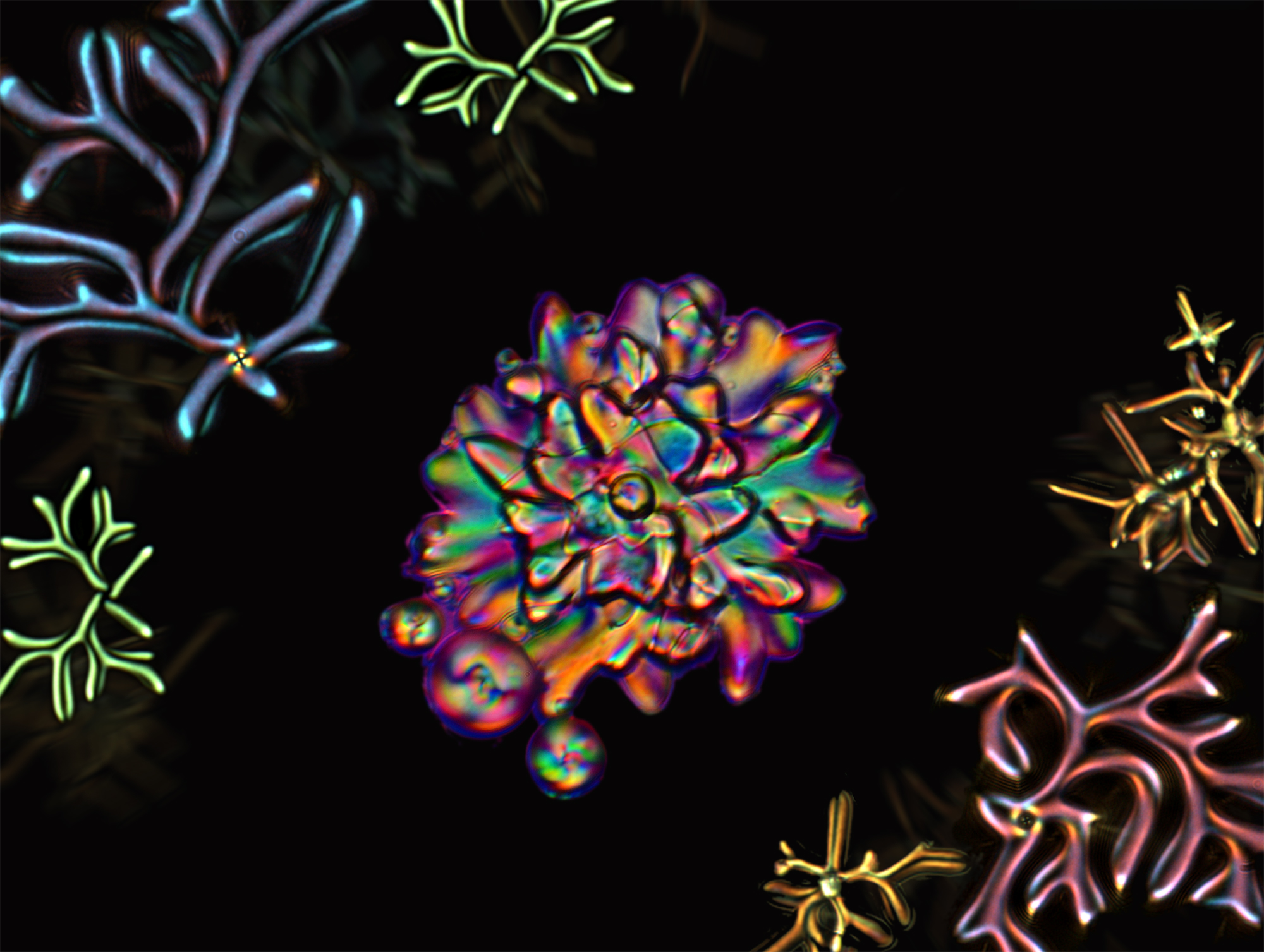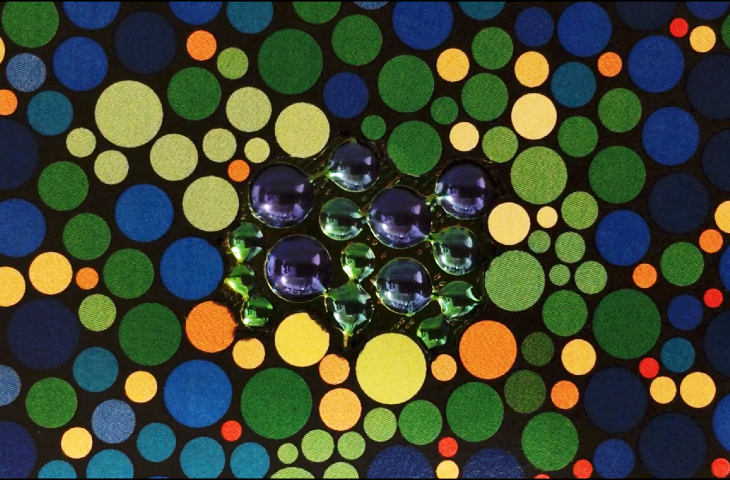Turning Buildings into Carbon Storage Structures
The University of Pennsylvania will receive $2.4M in funding from the US Department of Energy Advanced Research Projects Agency-Energy (ARPA-E) HESTIA program, which prioritizes overcoming barriers associated with carbon-storing buildings, including scarce, expensive and geographically limited building materials. In collaboration with Texas A&M University, The City College of New York, KieranTimberlake, and Sika, we will … Read more

